Austrian Pine Tree
- June 13, 2023
- 0 comment

- Common Name: Austrian Pine
- Botanical Name: Pinus nigra
- Family: Pinaceae
- Plant Type: Evergreen tree
The Austrian Pine (Pinus nigra) is a remarkable evergreen tree that exudes elegance and resilience. Its lush foliage, striking form, and adaptability make it a sought-after choice in landscaping projects around the world. In this article, we will explore the fascinating characteristics, benefits, and care requirements of the Austrian Pine, along with some interesting facts and tips for propagation and maintenance.
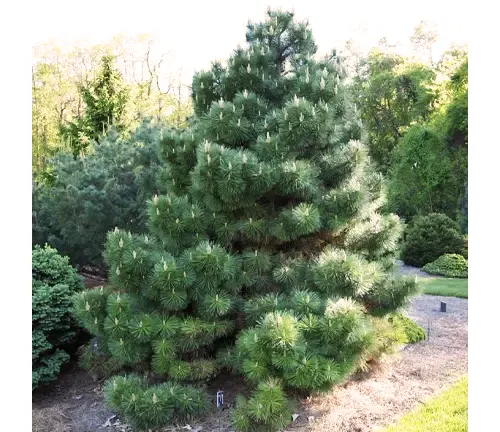
Mature Size and Growth Rate
Austrian Pines typically reach heights between 40 and 60 feet (12 to 18 meters) at maturity, with a spread of 20 to 40 feet (6 to 12 meters). These trees have a moderately fast growth rate, adding about 1 to 2 feet (30 to 60 centimeters) in height per year.
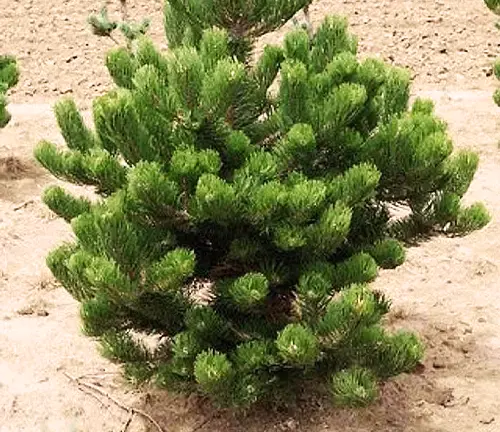
Soil Type
Austrian Pines are adaptable and can tolerate a wide range of soil types, including clay, loam, and sandy soils. However, they prefer well-draining soils to prevent root rot.
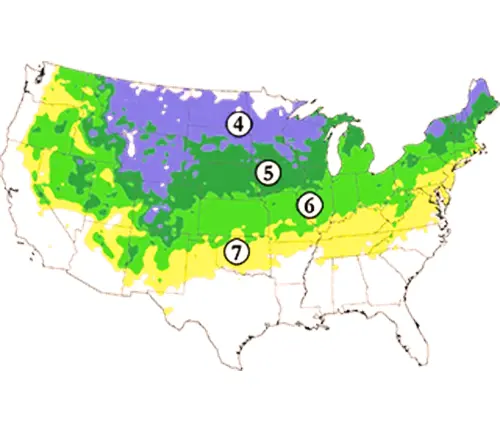
Hardiness Zones
This resilient species is suitable for planting in hardiness zones 4 to 7, making it highly adaptable to various climates.
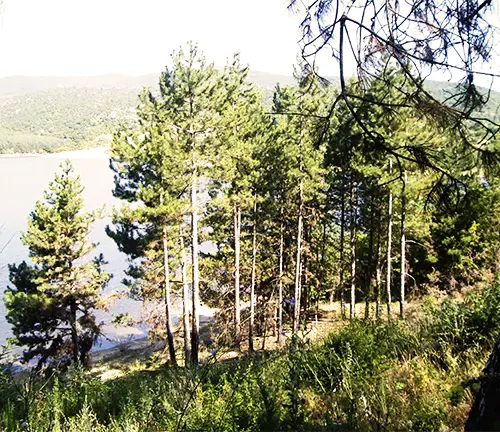
Sun Preference
The Austrian Pine thrives in full sun, requiring a minimum of six hours of direct sunlight per day. However, it can tolerate partial shade, although it may result in reduced growth and density.
Soil Preference
While Austrian Pines are adaptable to different soil types, they prefer slightly acidic to neutral soil with a pH range of 5.5 to 7.5. Adequate soil moisture retention is essential for their overall health and vitality.
Attributes
The Austrian Pine boasts dense, dark green needles that provide year-round beauty to any landscape. Its pyramid-like shape and well-structured branches lend an air of majesty to gardens and parks. This tree also exhibits exceptional resilience to harsh environmental conditions, including drought, pollution, and salt exposure.

Wildlife Value
The Austrian Pine offers valuable shelter and nesting sites for a variety of bird species. The seeds of this tree serve as a vital food source for small mammals, including squirrels.
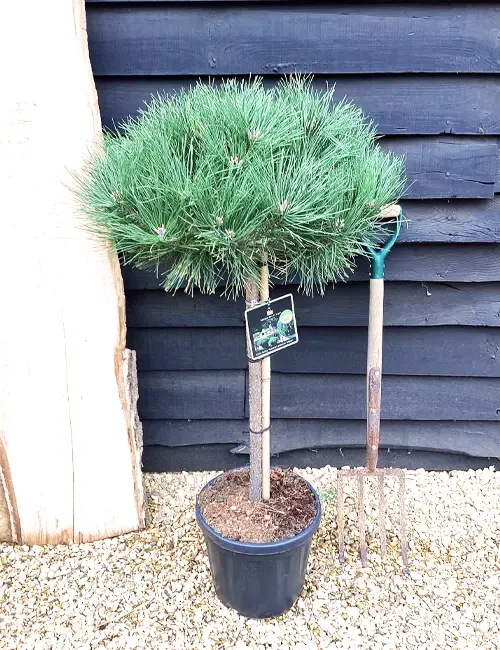
Care
To ensure the optimal health of your Austrian Pine, provide regular watering during the first few years of growth, especially during dry periods. Apply mulch around the base to retain moisture and suppress weed growth. Pruning is generally unnecessary unless there are dead, damaged, or diseased branches. Regular inspection for pests and diseases is also recommended.
Benefits
Aside from its aesthetic appeal, the Austrian Pine offers numerous benefits. It provides shade, acts as a windbreak, and can reduce noise pollution. Its dense foliage helps to prevent soil erosion and provides privacy when used as a hedge or screen. Additionally, this species contributes to carbon sequestration, making it an environmentally friendly choice.
Invasive
The Austrian Pine is not considered invasive and does not pose a significant threat to native ecosystems. However, it is essential to plant and maintain trees responsibly to prevent any negative impacts on local biodiversity.
Lifespan
With proper care and suitable growing conditions, the Austrian Pine can live for several decades, often reaching 50 to 100 years of age.
Disadvantage
One potential disadvantage of the Austrian Pine is that it may develop a shallow root system, which can lead to instability in high wind conditions. Regular monitoring and appropriate pruning can help mitigate this issue.
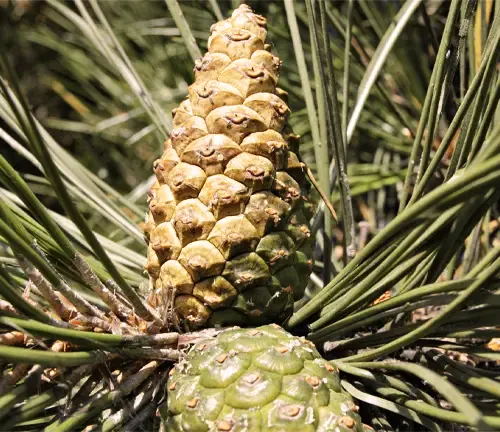
Edible or Not
The seeds of the Austrian Pine, known as pine nuts, are edible and have been used in culinary traditions worldwide. They have a mild, slightly sweet flavor and are often used in salads, sauces, and baked goods.
Habitat Requirements
The Austrian Pine is native to the mountains of central and southern Europe. It thrives in areas with cool winters and warm summers. It can adapt to various soil conditions, as long as the soil is well-drained.
Name Origin
The name “Austrian Pine” refers to the origin of this species in Austria, where it is commonly found. The botanical name, Pinus nigra, comes from the Latin words “pinus” meaning “pine” and “nigra” meaning “black,” describing the tree’s dark bark.
Fun Facts
- Austrian Pines are often planted in windbreaks and shelterbelts to protect crops and reduce soil erosion.
- The resin extracted from Austrian Pines has been used for centuries in traditional medicine for its antiseptic and expectorant properties.
- In some cultures, the wood of the Austrian Pine is highly valued for its durability and is used in the construction of furniture, flooring, and musical instruments.
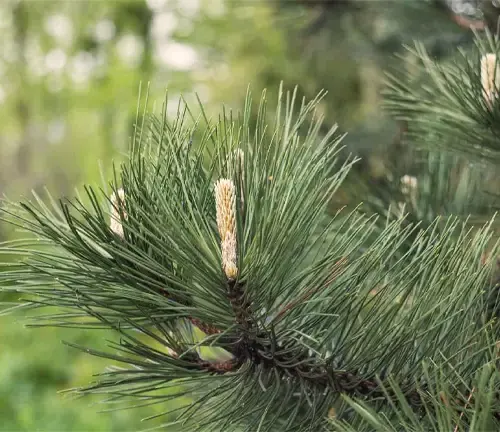
Characteristics
The Austrian Pine features dark green needles that are around 4 to 6 inches (10 to 15 centimeters) long and grow in pairs. Its bark is initially smooth and grayish-brown, gradually becoming dark and deeply fissured as the tree matures. The branches are sturdy and well-spaced, forming a pyramidal crown that adds elegance to any landscape.
Varieties
There are several popular cultivars of Austrian Pine, including ‘Arnold Sentinel’ with a narrow, columnar shape, ‘Pyramidalis’ with a more compact growth habit, and ‘Globosa’ with a rounded form. These varieties offer versatility and cater to different landscaping needs.
Pruning
Pruning Austrian Pines is generally minimal. Remove any dead, damaged, or diseased branches as needed. Light shaping can be performed in early spring, but avoid excessive pruning as it may disrupt the tree’s natural form.
Propagating
Austrian Pines can be propagated through seed germination or by taking semi-hardwood cuttings in late summer. Seeds require a period of cold stratification before germination, which can be achieved by storing them in a cool, moist environment.
Common Pests & Diseases
Austrian Pines are generally resistant to most pests and diseases. However, they may occasionally face issues such as bark beetles, pine needle scale, and diplodia tip blight. Regular inspection and prompt treatment, if necessary, can help mitigate these problems.
FAQs
- Are Austrian Pines suitable for urban environments?
Yes, Austrian Pines can thrive in urban environments due to their tolerance for pollution and ability to withstand harsh conditions. - Can Austrian Pines be used as a Christmas tree?
While Austrian Pines have a beautiful form, they are not commonly used as Christmas trees due to their long needles and strong resinous scent. - How often should I water my Austrian Pine?
Newly planted Austrian Pines require regular watering until they are established. Afterward, they generally only require supplemental watering during dry periods.
In conclusion, The Austrian Pine stands tall as a versatile and visually captivating tree, enriching landscapes with its evergreen beauty. Its adaptability, low maintenance requirements, and numerous benefits make it a popular choice for gardens, parks, and urban environments. By understanding its characteristics and providing proper care, you can enjoy the enduring charm of the Austrian Pine for years to come.


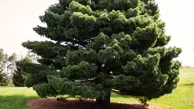
Leave your comment